Mario’s Original Map
Super Mario Bros., which was first released in 1985, served as Nintendo’s final cartridge game and the standard by which all others were measured. With a movie, a few cartoons, and of course a plethora of sequels that have kept players glued to their consoles, Mario has had three decades of phenomenal success.
The narrative of a small team of artists that packed all of their creativity into 31 kilobytes of data while incorporating bugs and restrictions into the gameplay is how this straightforward 2-D platformer came to be. It has since served as an inspiration for pretty much every game since its inception.
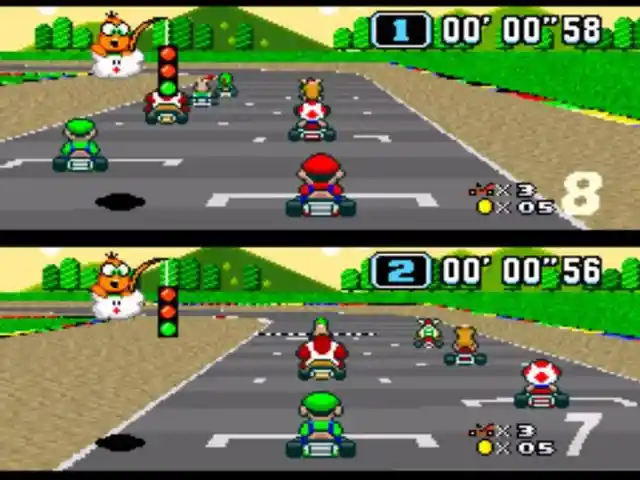

Shigeru Miyamoto, the man behind Mario, grew up in the little Japanese town of Sonobe, which is northwest of Kyoto. He enjoyed drawing and exploring the countryside.
The various levels and worlds of his two most well-known titles, Super Mario Bros. and The Legend of Zelda, were influenced by the hilly regions of Japan. He had originally intended to produce manga, but after stumbling into game design at Nintendo, he discovered that it was the ideal way to capture Sonobe’s immensity. Even the underwater sequences in Super Mario 64 were designed after his swimming experiences.
The Unknown Tradesman
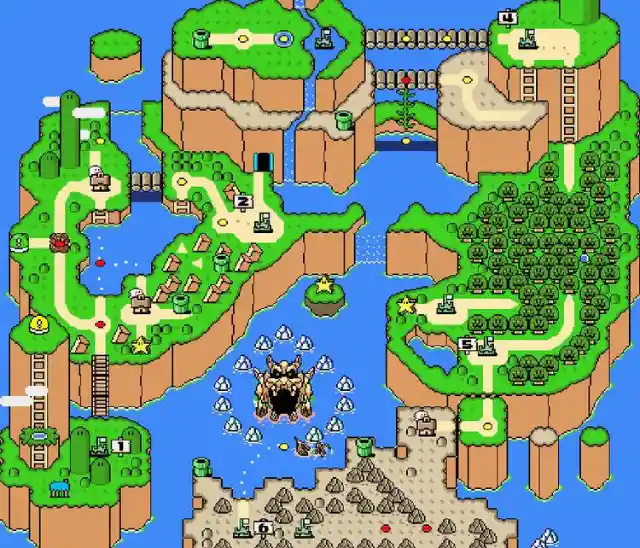
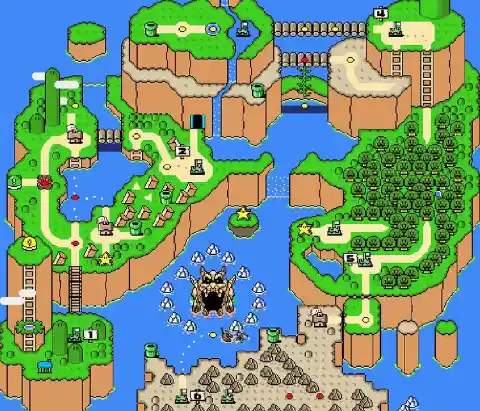
Mario was simply referred to as “Jumpman” when he first made his appearance as the main character of Donkey Kong since, well, he jumped, and he was a man. Due to graphical restrictions, he was only a small man with a mustache, so designers wouldn’t have to make a nose for him. Miyamoto left it up to Nintendo’s American office to give him a name. The business wasn’t doing well at the moment, but when their landlord Mario Segale gave them a break, a star was born.
But Mario might have had any name; to Miyamoto, he was just a common worker going about his business. Mario is actually somewhat of a master of all trades.
Meticulously Planned
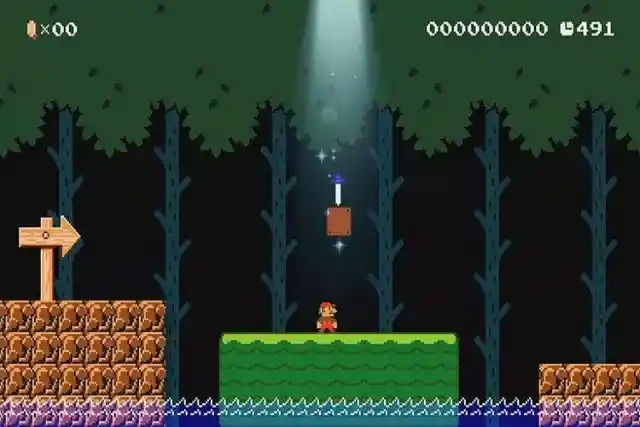
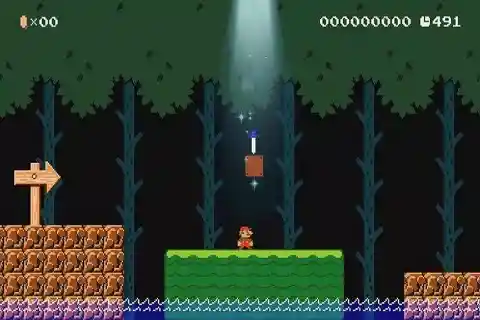
Super Mario Bros. was meticulously hand-drawn on graph paper prior to going into production to ascertain the specifications for each pixel. If they made a mistake, the designers didn’t use Wite-Out; instead, they covered the level with opaque tracing paper and made the necessary adjustments. Although it was a laborious process, the resulting game was very detailed. Miyamoto actually drew the second level as the first one, and his designers later produced an easier version for World 1-1.
Behind the Scenes
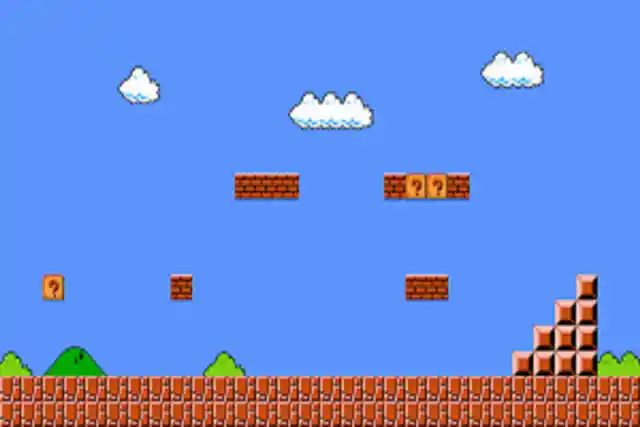
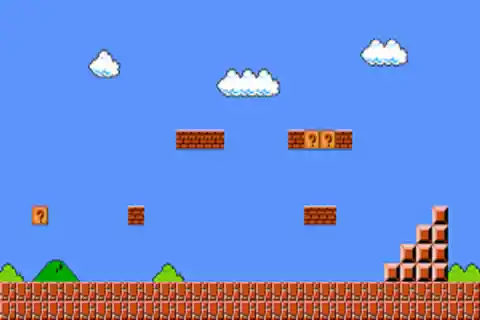
Have you ever questioned why the characters in Super Mario Bros. are happy to compete in go-kart races with one another or engage in tag team combat with Metroid characters in Super Smash Bros? That’s because they aren’t actually enemies. Miyamoto, who drew inspiration from the comics of his youth, believes the characters in Super Mario Bros. are more like a “troupe of actors” than foes, which is why Super Mario Bros. 3 opens with a curtain.
The Goomba, a small mushroom-looking creep that must be stomped if you want to reach the castle at the end of the level, is one of Super Mario Bros.’s most known opponents. Although these hideous little weirdos appear in almost every level of the game, they weren’t incorporated until the end of the creation process.
Record-Breaking Sales
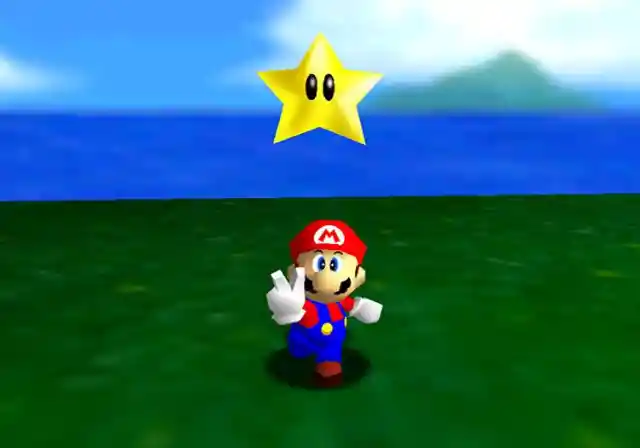
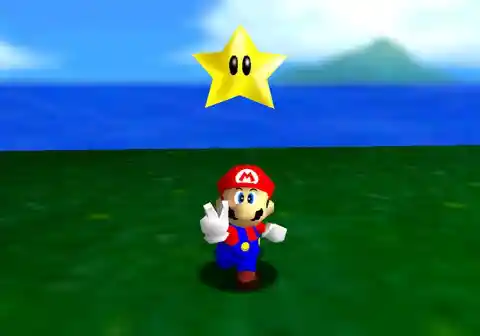
If you can recall purchasing Super Mario Bros. from a store, you might want to start organizing your garage. The most money ever paid for a video game was $114,000 in 2020 when a rare Nintendo cartridge, packed with a cardboard hang tab and sealed in a black box, was auctioned off. (The cardboard hang tab was removed from later iterations of the game, which is why this particular variation is such a pricey collector’s item.)
Super Mario Bros. is such a significant part of our society that people will pay an absurdly high price to own a small piece of its history. It’s likely that if this game had been any other game, it wouldn’t have sold for so much.
A Doo Doo Doo

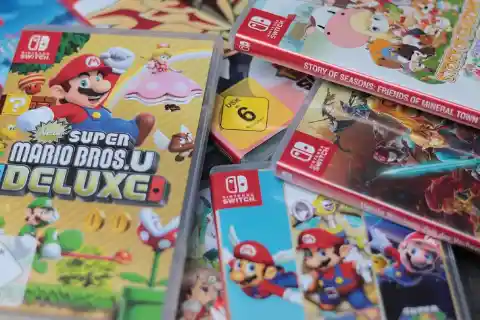
Since Beethoven, no other composer has contributed more to the field of orchestral music than Koji Kondo. If you’ve played a video game in the past three decades, even if you don’t know his name, you’ve felt his influence. Super Mario Bros. and numerous variations of the Legend of Zelda have some of the most enduring music from the 20th century, and Kondo composed the music for both of these titles.
Super Mario Bros.’ overworld music is so catchy that even a member of the Beatles paid attention to it. Paul McCartney reportedly became so pleased when Kondo was brought to him that he immediately hummed the melody to the song’s composer.